Researchers at Zhejiang University in China have developed ultrasensitive nanoscale sensors that detect lung cancer through exhaled breath analysis.
From American Chemical Society 9/11/24 (first released 06/11/24)
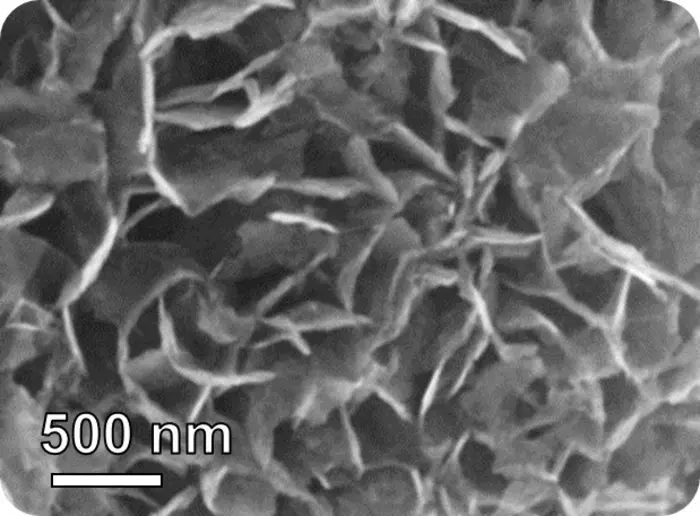
Exhaled breath contains chemical clues to what’s going on inside the body, including diseases like lung cancer.
And devising ways to sense these compounds could help doctors provide early diagnoses — and improve patients’ prospects.
In a study in ACS Sensors, researchers report developing ultrasensitive, nanoscale sensors that in small-scale tests distinguished a key change in the chemistry of the breath of people with lung cancer.
November is Lung Cancer Awareness Month.
People breathe out many gases, such as water vapor and carbon dioxide, as well as other airborne compounds.
Researchers have determined that declines in one exhaled chemical — isoprene — can indicate the presence of lung cancer.
However, to detect such small shifts, a sensor would need to be highly sensitive, capable of detecting isoprene levels in the parts-per-billion (ppb) range.
It would also need to differentiate isoprene from other volatile chemicals and withstand breath’s natural humidity.
Previous attempts to engineer gas sensors with characteristics like these have focused on metal oxides, including one particularly promising compound made with indium oxide.
A team led by Pingwei Liu and Qingyue Wang set out to refine indium oxide-based sensors to detect isoprene at the level at which it naturally occurs in breath.
The researchers developed a series of indium(III) oxide (In2O3)-based nanoflake sensors.
In experiments, they found one type, which they called Pt@InNiOx for the platinum (Pt), indium (In) and nickel (Ni) it contains, performed best.
These Pt@InNiOx sensors:
- Detected isoprene levels as low as 2 ppb, a sensitivity that far surpassed earlier sensors.
- Responded to isoprene more than other volatile compounds commonly found in breath.
- Performed consistently during nine simulated uses.
More importantly, the authors’ real-time analysis of the nanoflakes’ structure and electrochemical properties revealed that Pt nanoclusters uniformly anchored on the nanoflakes catalyzed the activation of isoprene sensing, leading to the ultrasensitive performance.
Finally, to showcase the potential medical use of these sensors, the researchers incorporated the Pt@InNiOx nanoflakes into a portable sensing device.
Into this device they introduced breath collected earlier from 13 people, five of whom had lung cancer.
The device detected isoprene levels lower than 40 ppb in samples from participants with cancer and more than 60 ppb from cancer-free participants.
“This sensing technology could provide a breakthrough in non-invasive lung cancer screening and has the potential to improve outcomes and even save lives,” the researchers say.
The authors acknowledge funding from the National Natural Science Foundation of China, China’s State Key Laboratory of Chemical Engineering, the State Key Laboratory of Electrical Insulation and Power Equipment, the Shanxi-Zheda Institute of Advanced Materials and Chemical Engineering, the National Key Research and Development Program of China-Young Scientists, the Research Funds of Institute of Zhejiang University-Quzhou, and the Science and Technology Program of the Institute of Zhejiang University-Quzhou.
More info
You may also be curious about:
-

How fresh is your milk? Your smartphone can tell.
-
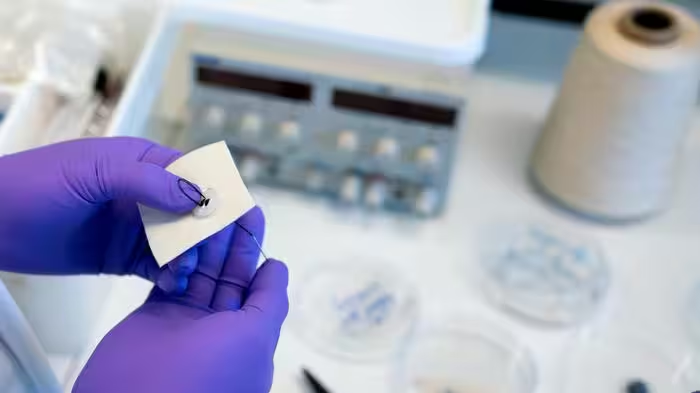
The silk thread that can turn clothes into charging stations
-
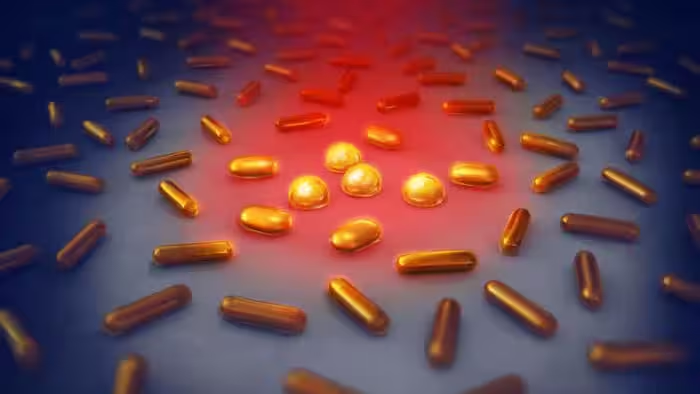
Tiny gold nanorods fry bacteria on medical implants
-
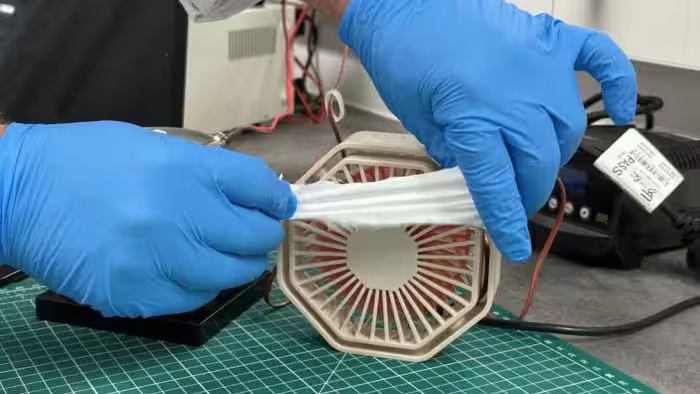
Static electricity could help run air conditioners
-

Giant rats could soon sniff out illegal elephant tusk and rhino horn
-
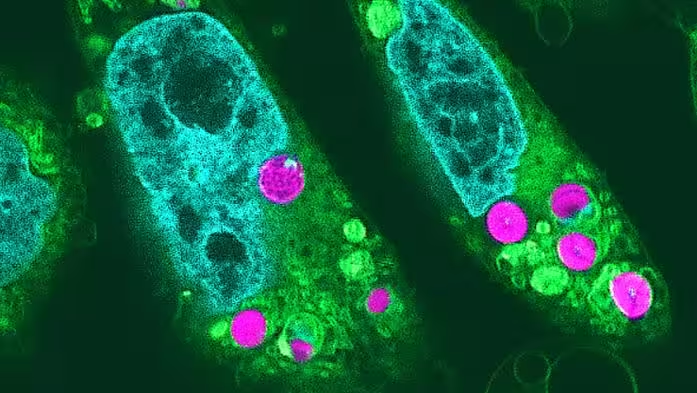
Solar-powered animal-plant hybrid cells
-

Capturing carbon from the air just got easier
-

Dolphins sense military sonar at much lower levels than regulators predict
-

What standing on one leg can tell you
-
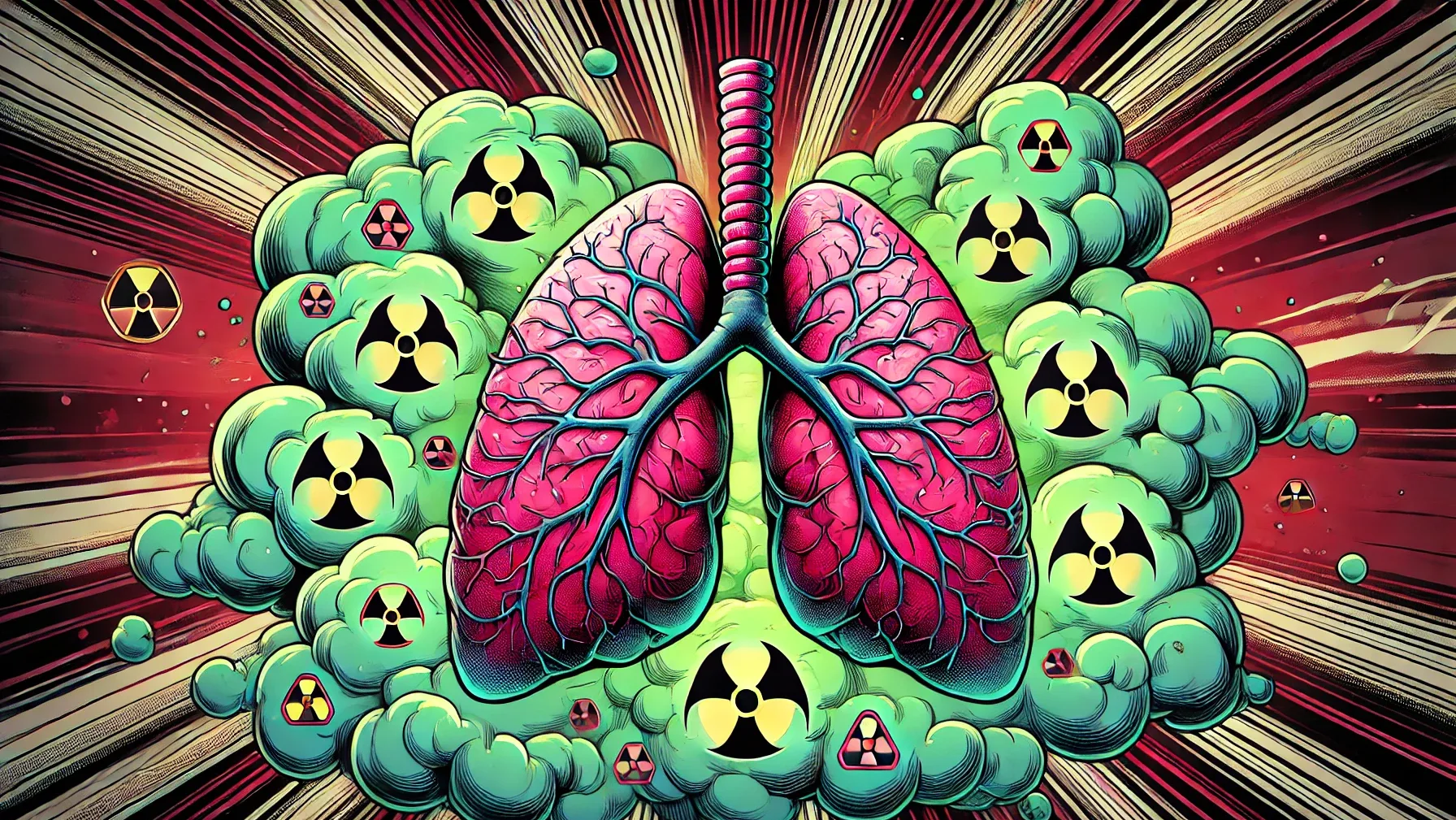
Growing number of Canadian households contain dangerous levels of radon gas
-
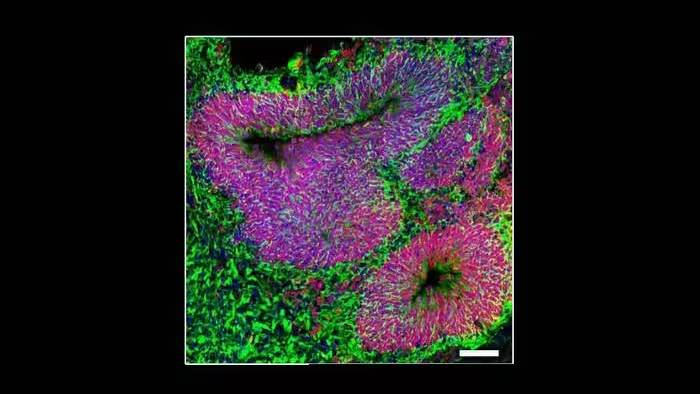
“Human mini-brains” reveal autism biology and potential treatments
-

Sleep experts call for UK to abolish twice-yearly clock changes
